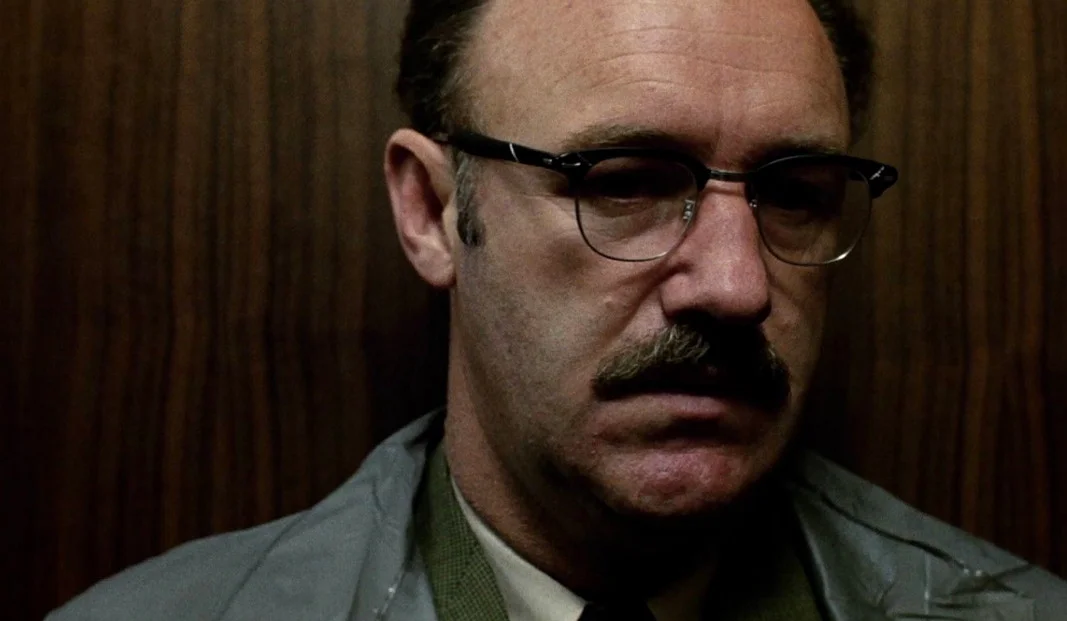I've written about (and even recommended) Coppola's The Conversation in the past, but I stumbled across a particularly fun video essay this past week that helped remind me of all the reasons I think it's such a great film. It's on AMAZON PRIME at present, and while it lacks the action chops and the cinematic chutzpah of Coppola's more famous works, it's a fascinating character study (and a brilliantly-constructed and realized work).
Francis Ford Coppola follows The Godfather with this intimate film about an audio surveillance expert who faces a moral quandary when he suspects that a couple whose conversation he’s been hired to record will be murdered.
I'll just reuse these thoughts from my original SVS post:
Two quick technical notes:
The film’s opening shot — a single, 3-minute-long zoom — is amazing, and the perfect visual introduction to the film. The legendary Haskell Wexler was responsible for that bravura shot, though he was quickly and legendarily fired from the project. Yet despite its high degree of difficulty, it gets almost drowned in the sea of amazing sound that serves as the opening sequence’s auditory backbone. And that brings me to the second technical thing I’d like to note: Walter Murch.
OK, that’s not a thing, that’s a person. But he and his mind-blowing sound work are absolutely essential to the film’s success. The opening “sound montage” remains one of the best examples of audio storytelling I’ve ever heard (if not quite my favorite). And the way it’s reused is …well, spectacular. But I can’t say more, BECAUSE! (Oh, and David Shire’s Satie-esque score is perfect. At first, it seems calm and straight-forward, even pleasant. But the longer it goes, the stranger it gets. Nothing changes, really. But the cumulative effect is amazing. Also, those last three sentences are entirely applicable to the film, as well.)
Attribution(s): All posters, publicity images, and stills are the property of Paramount Pictures and other respective production studios and distributors.


